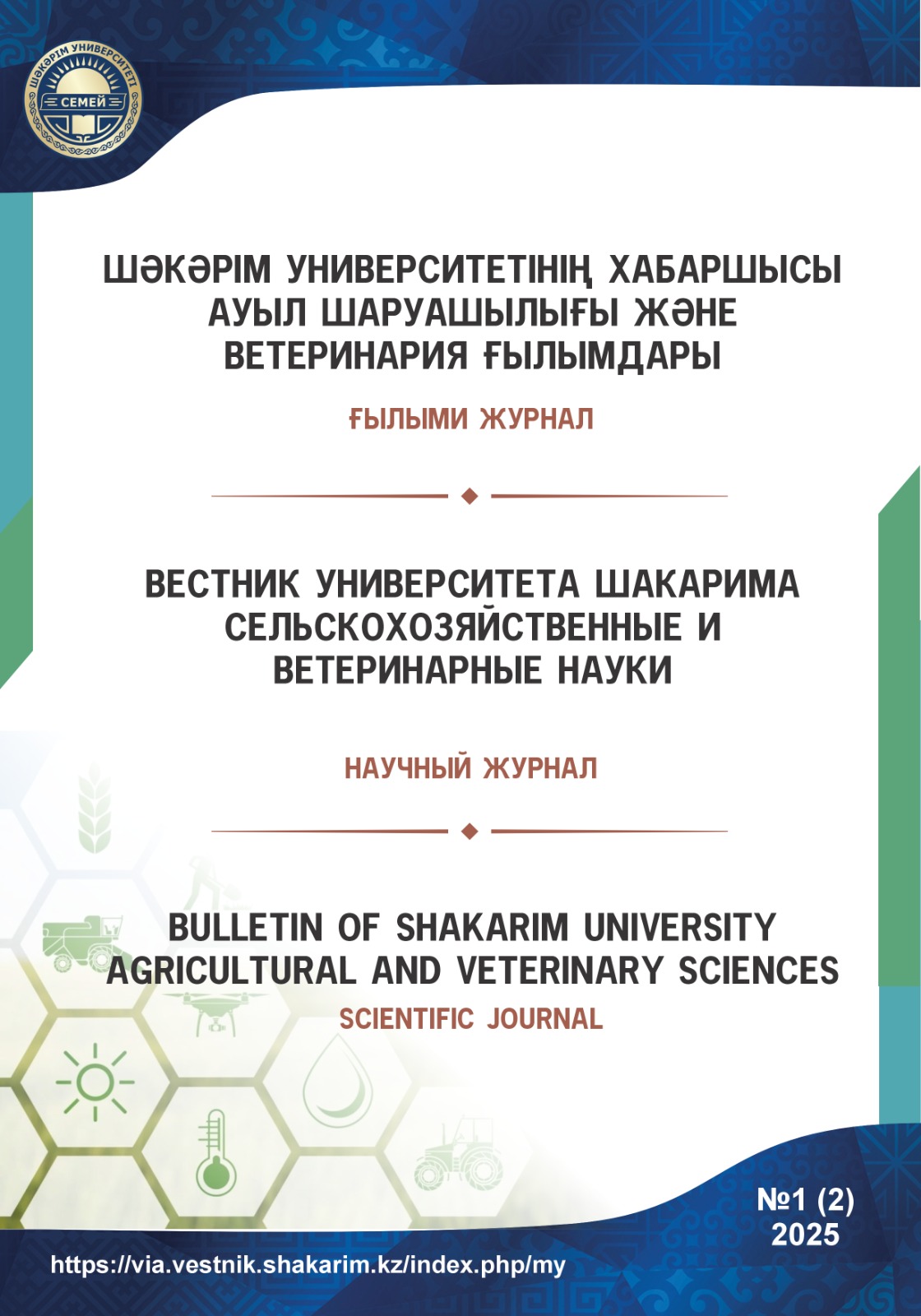Assessment of the diagnostic problems of the brucellosis epidemic and achievements in veterinary and medical search
1 (2) том
Keywords:
Brucella, antibody, reversion, dissociation, diagnosticums, evaluation, differentiationAbstract
Despite the fact that veterinary science has made significant progress in measures to prevent and combat brucellosis, it is still a public problem among agriculture and carnivorous pets. Brucellosis is a widespread infection among domestic and wild animals around the world and in the country and is dangerous to humans.
According to the official statistical statements of the Ministry of health of the Republic of Kazakhstan on the newly identified brucellosis disease, submitted by the CEC of the regional DSEC for 2004-2020, the incidence rates in Zhambyl, West Kazakhstan, Kyzylorda, Almaty, Turkestan and East Kazakhstan regions of the Republic are higher than the national average (1:100 thousand population). It is in these areas that 90-100 percent of the newly detected cases of human brucellosis are detected in settlements and farms "cattle free from brucellosis". For 2017-2020. In Kazakhstan, the source of infection was small cattle (60.75%), cattle – 28.0%, other types of animals – 0.99%. The main route of infection (72.9%) is farm animals from the private sector. On the territory of Kazakhstan, more than 98.0% of isolated strains belong to the species Brucella melitensis biovar III, the most virulent pathogen of brucellosis in cattle.
For 10 months of the current year, 84 heads of cattle, 141 heads of small cattle and one of the 5 dogs examined for brucellosis in the Semipalatinsk region showed a positive result. In 2020, the average value of bacteriological confirmation in Kazakhstan decreased to 50.9%, which is the lowest indicator for the last 4 years.
Downloads
Downloads
Published
Issue
Section
License
Copyright (c) 2025 The editorial staff of the journal follows the copyright law of the Republic of Kazakhstan and relevant international agreements. The authors retain their copyright and provide the journal «Bulletin of Shakarim University. Series of Historical Sciences» right of first publication of the manuscript. The author has the right to copy and distribute the material in any medium and in any format, subject to appropriate reference to the journal. Readers and users can freely copy, distribute and adapt the material, provided that the author of the work is indicated and a link to this journal is provided. Copyright presupposes the integrity and responsibility of each co-author who made a significant contribution to the writing of the article. The author has the right to store his publications in an institutional or other repository of his choice, provided he provides the appropriate link to the journal’s website.

This work is licensed under a Creative Commons Attribution-NonCommercial 4.0 International License.
Copyright presupposes the integrity and responsibility of each co-author who made a significant contribution to the writing of the article.
The author has the right to store his publications in an institutional or other repository of his choice, provided he provides the appropriate link to the journal’s website.




